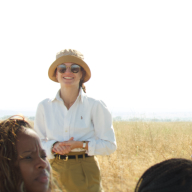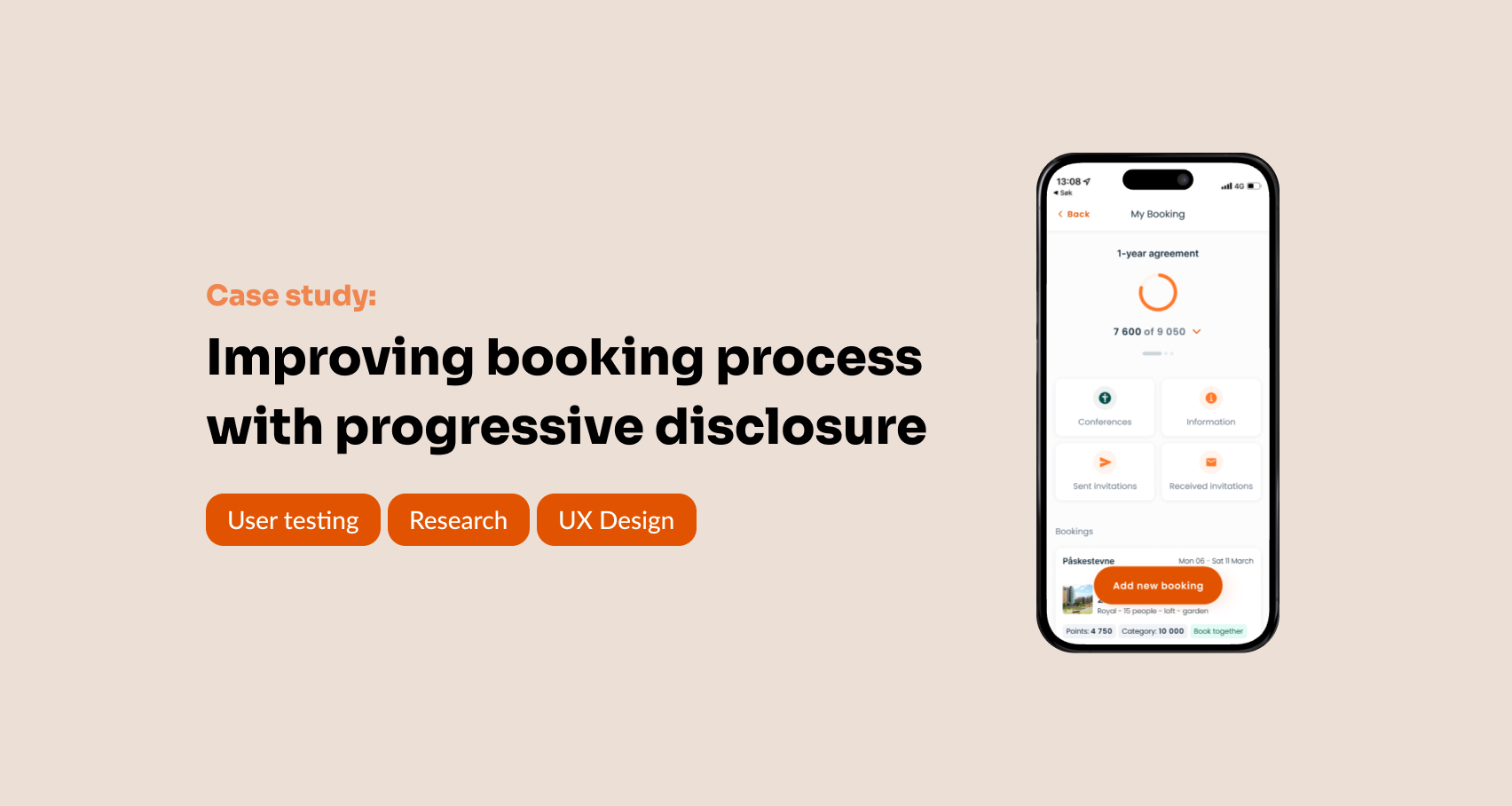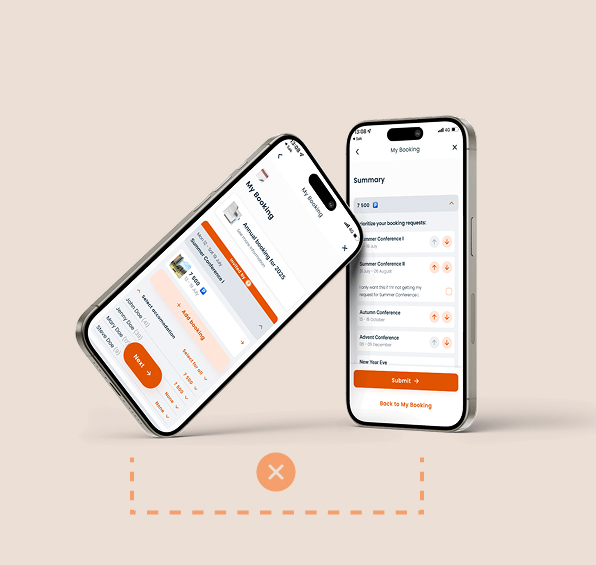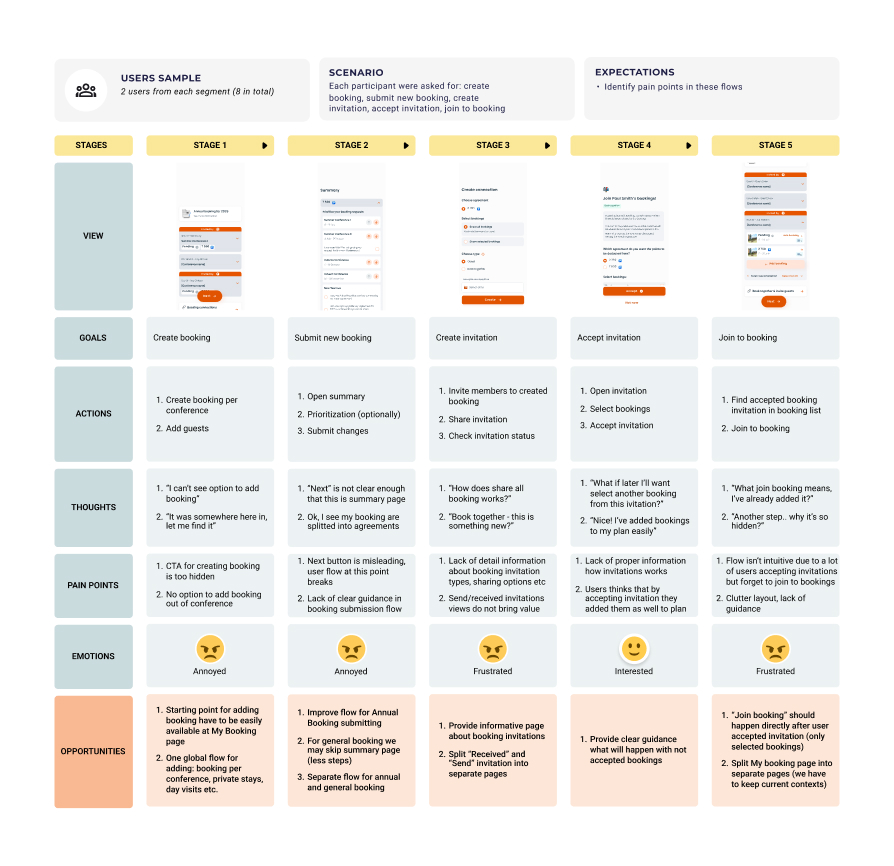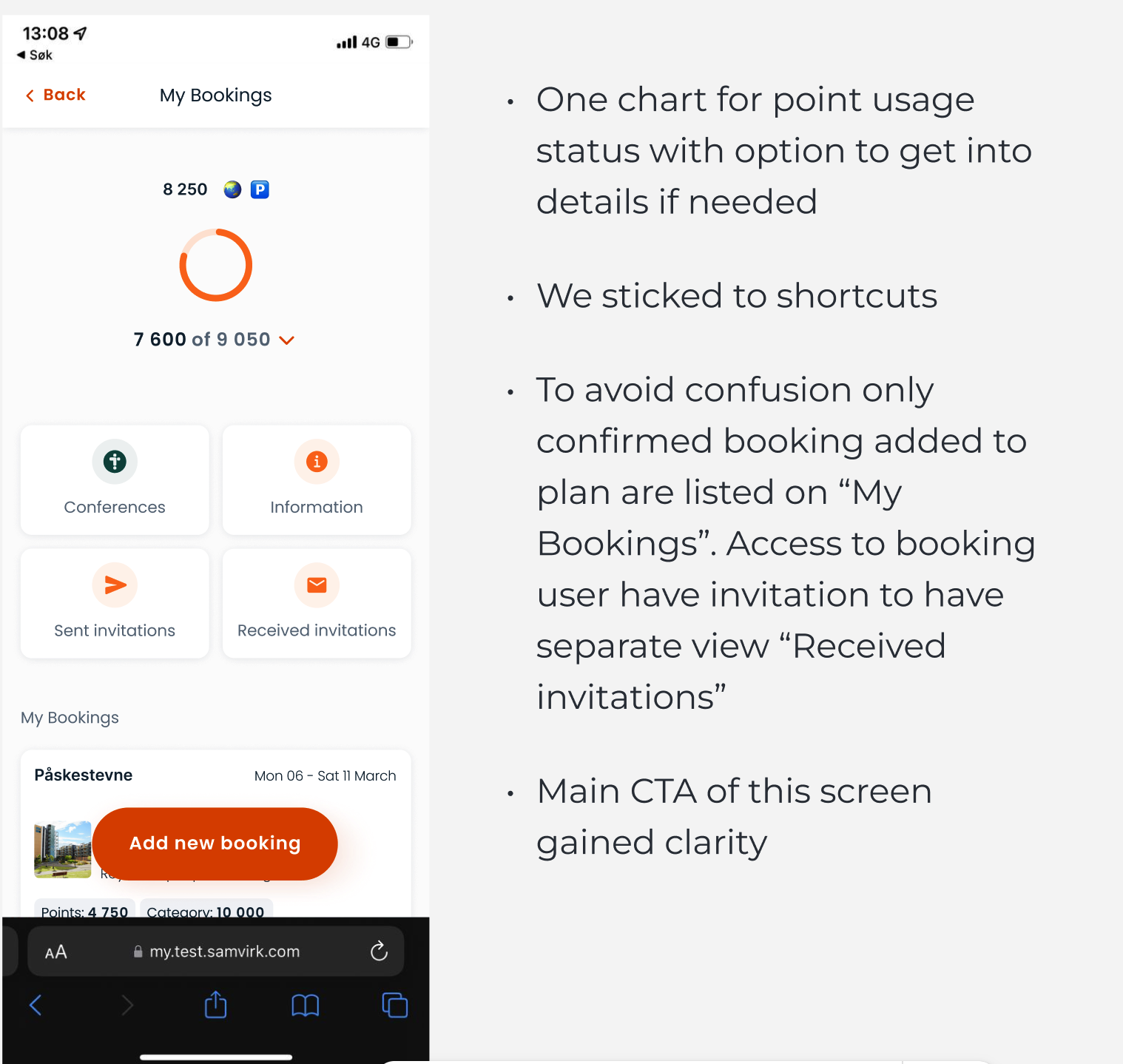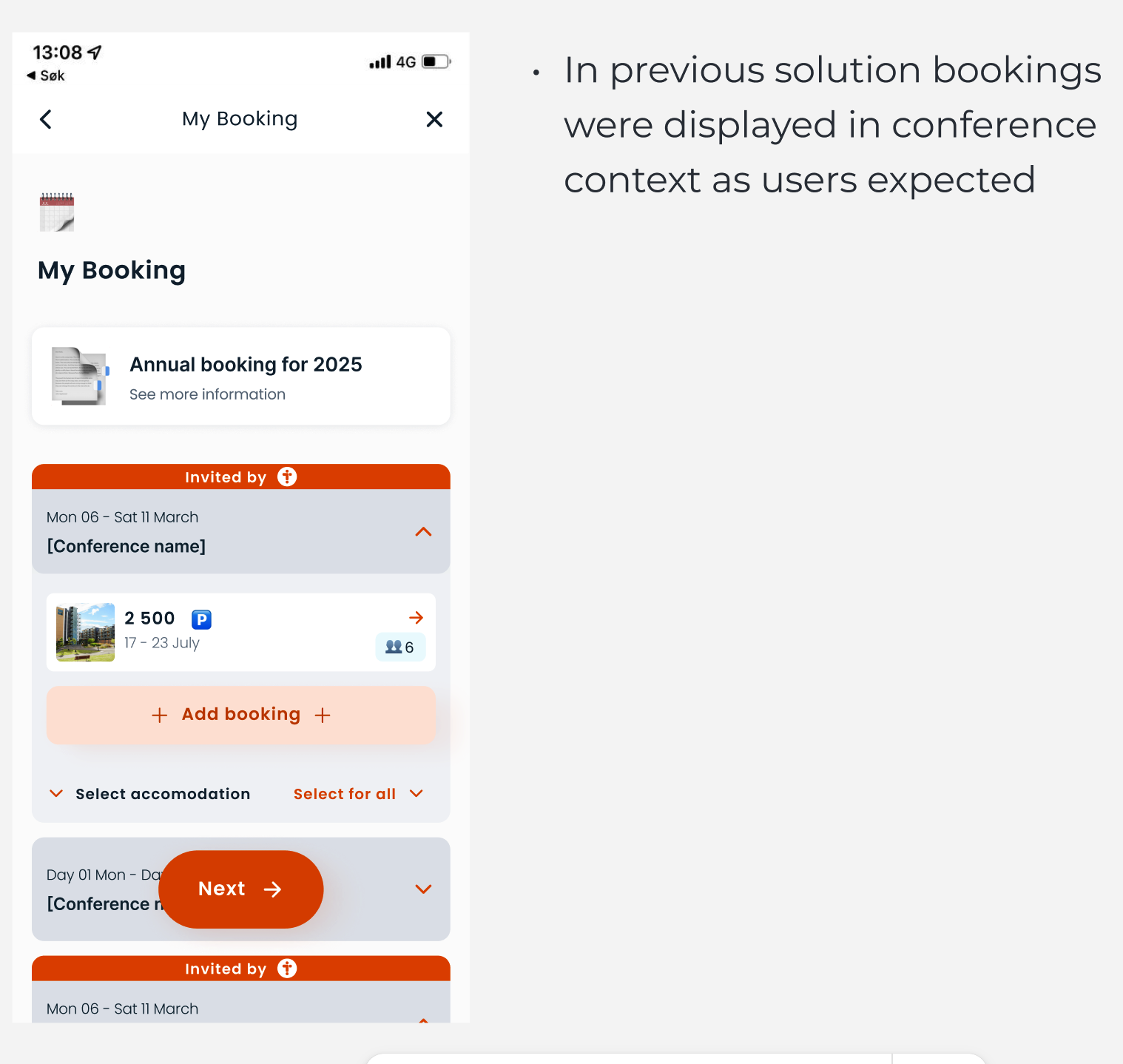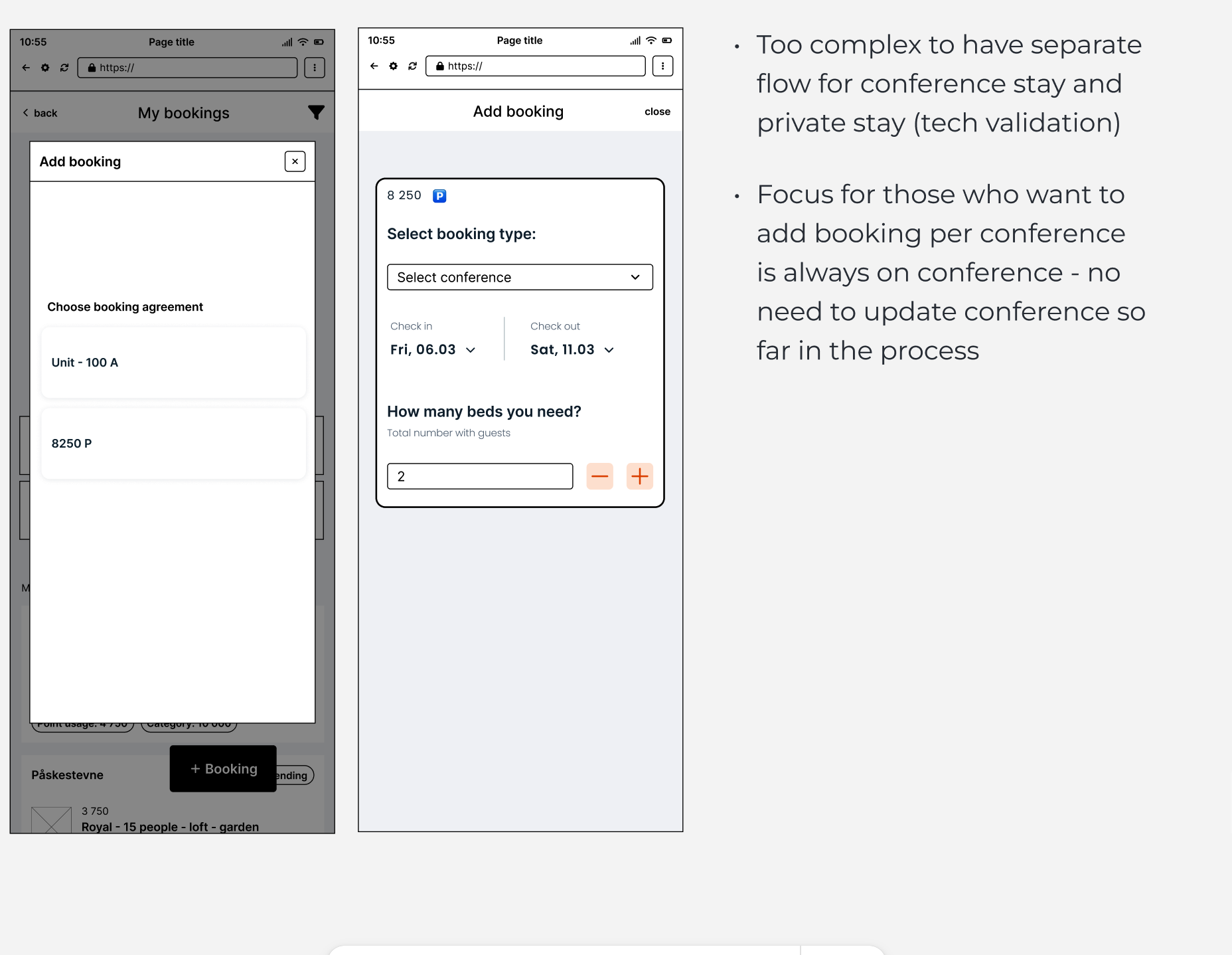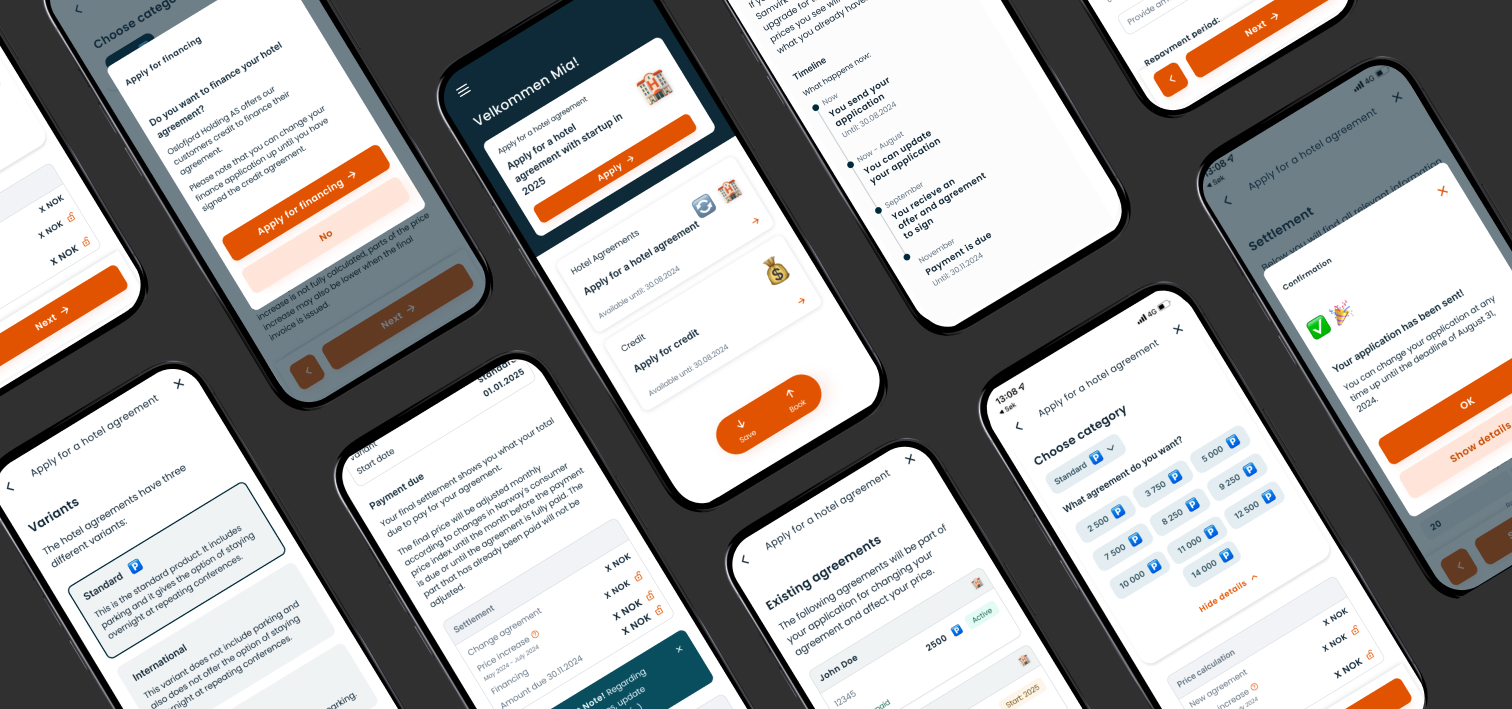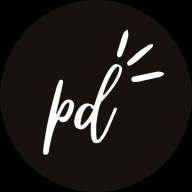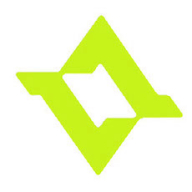Booking processes refirement
About the project
MySamvirk app’s goal is to facilitate the membership management and booking process for Samvirk members. Through the app, members can register for membership, book accommodations, manage their Hotel Agreements which are required to take part in community events.
From this case study You will learn how we reduced complexity by using progressive disclosure approach.
The challenge
In the fall of 2024, we had areas in the application that were problematic for our users and generated a lot of help desk queries.
- Booking process: the main problem was the need to send a summary of their reservations, many users did not do it in time which caused a lot of work in the customer service department.
- Inviting and accepting booking invitations: the current solution was designed without proper research (due to tiny deadlines and not enough resources while crafting this feature) and causes many support queries. We expected that outcomes may not be the best but we decided that we will go with assumption-based solution and gather post-implementation insights.
Objectives
#1 - Conduct user research that will help us to define pain points in mentioned features.
#2 - Reuse current backend logic as much as possible due to budget and time limitation.
#3 - Reduce support queries regarding booking process and booking invitations.
The outcome
In this case study I want to tell you how we achieve our goals.
- We defined pain points: User research help us to understand what we should focus on: declutter “My Booking” page, provide general flow for adding all types of booking, split “received” and “send” invitations pages, redesign accpeting invitation flow
- And we solved them! We were testing different solutions until we found what really works for our users, moreover we met our goal to reuse logic and delivered almost on time. Let me tell You how we did it.
The working process and actions taken
1.UX Research: We asked our users about their experience with problematic features and translated gathered insights into user journeys.
2.Ideation: Analysis of the collected information allowed us to start sketching potential solutions using wireframes.
3.Tech validation: We invited dev team early in the process to achieve our objective regarding technical limitation. Why? This step help us to reject ideas that we won't be able to deliver on time & budget. Never underestimate devs opinion, you can save time & money ;)
4.User testing: Selected solutions were tested with users, which allowed to choose the most optimal solution. We tested wireframes due to time limitations.
5.Hi-fidelity: After few iteration of ideation & validation final solution was improved and translated into final designs using internal design system.
Research
To avoid expensive guesswork and provide outcome that will serve our user we conducted research using methods:
1.Analysis data from customer support: This stage helped us to identify which problems most often affect our users. The most problematic ones were: submitting summary, a lot of users didn’t understand they need to take this step and accepting booking invitations.
2.Interviews & testing: Qualitative research methods were used to determine how users experienced these problems, we actively listened and watched how they performed individual tasks, which gave us an idea of how to solve the above-mentioned problems
Ideation & tech validation
At this stage we created wireframes illustrating possible solutions. Moreover, at this stage we also engaged developers to assess which solutions met the objective of reuse existing logic to deliver ready-made solutions on time.
User testing
Validation with users gave us more valuable insights regarding usability which we included in final design. In this section You will see how we did it.
Below I've presented most problematic areas with description of pain points we decided to solve and short description of final view.
My bookings page
Conference context
Adding booking flow
Outcome in numbers
Learnings & takeaways
- For design process: Validate your ideas as soon as possible. It decrease guesswork and speeds up further steps. You can meet user needs, but not necessary all of them in one view.
- For team collaboration: Involve tech people early! Their expertise and different perspective often lead to better solutions and allow to met tiny deadlines.
Reviews
0 reviews
You might also like

Splid Redesigned (Now in development as GroupTab)
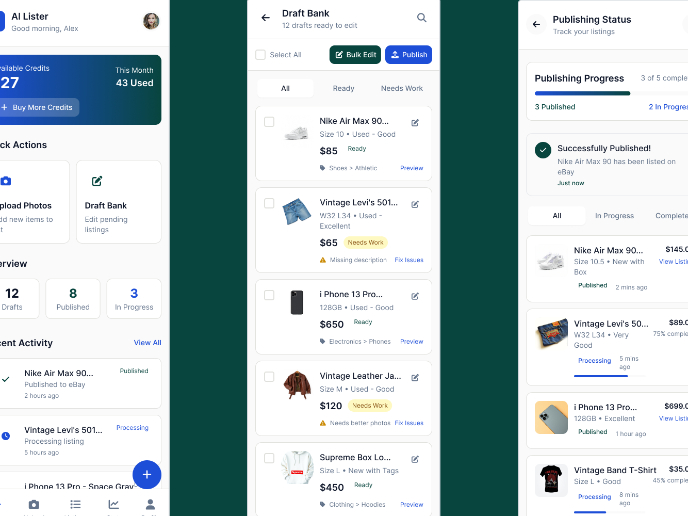
Case Study: Designing AI Lister in UX Pilot
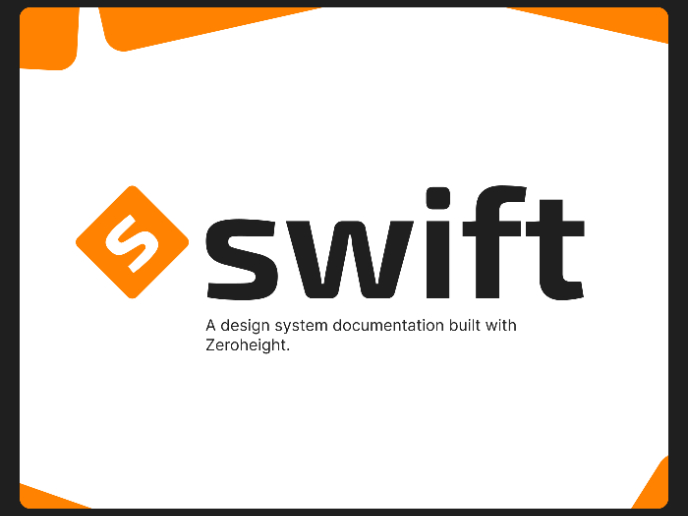
Swift: A mobile design system
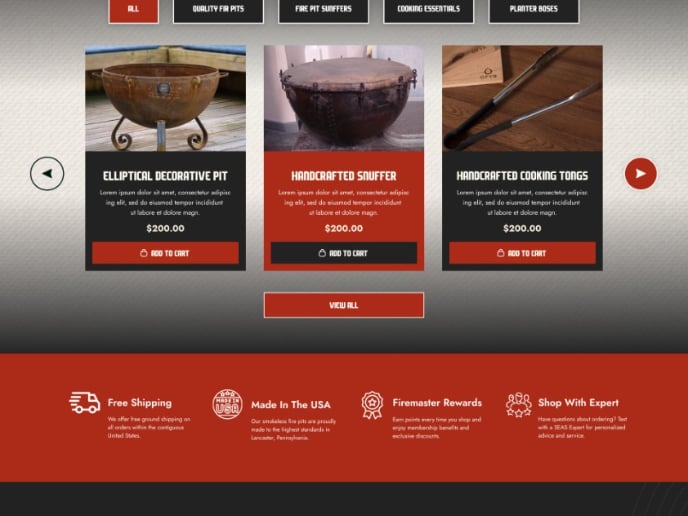
SS Fire Pits

Accessible Sign-Up Flow for a Residential Management Platform
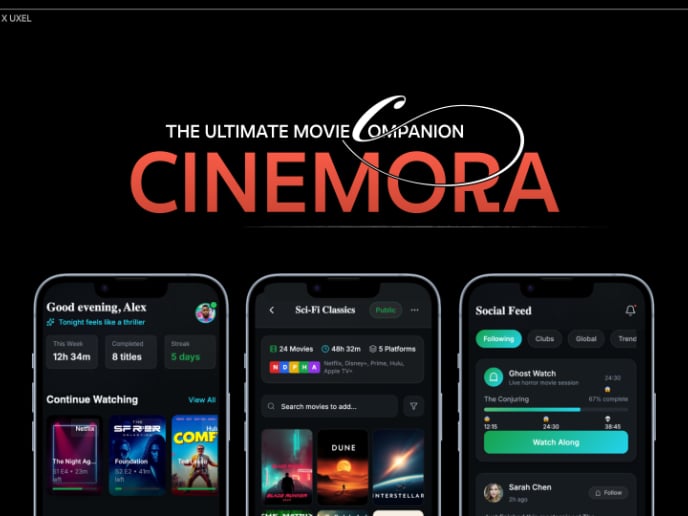
Cinemora - Ultimate Movie Companion (UIX Documentation)
Popular Courses

Introduction to Customer Journey Mapping

Apple Human Interface Guidelines

